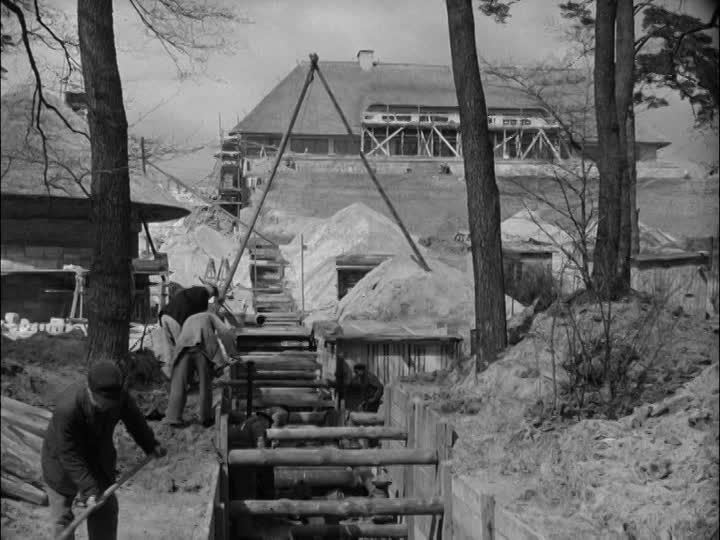
Any decision to make an employee redundant runs the risk of being challenged by the employee with a claim to the Workplace Relations Commission for unfair dismissal.
In a non collective redundancy the employer needs to be absolutely satisfied that
-
- The redundancy is a genuine one, not a sham or a ruse to terminate the employment of an employee who has been targeted
- The selection process has been fair with “the selection criteria being used should be objectively applied in a fair manner.”
- The procedure in carrying out the redundancy is fair.
Two useful decisions in this connection are ADJ-00001516, a decision issued on 6th December, 2016 in which the employee was awarded €21,750 for unfair dismissal arising from a redundancy and a Labour Court decision, UDD 1638 in which the employee was awarded €35,000 in consequence of the way the employer carried out the redundancy.
The adjudication officer in ADJ-00001516 referred to a previous decision of the Employment Appeals Tribunal in Case No. UD206 / 2011. In that case the EAT held
“When an employer is making an employee redundant, while retaining other employees, the selection criteria being used should be objectively applied in a fair manner.”
The EAT also held that any consultation must be real and substantial, not merely a going through the motions or box ticking exercise.
Right to Appeal
IN the ADJ-00001516 case the adjudication officer also noted that
“I also note that the complainant was not advised of any process by which he could appeal the decision on the termination of his employment.”
The adjudication officer also referred to the following extract from the 2011 EAT case in which the EAT held that
“There was no serious or worthwhile consultation with the claimant prior to making her redundant. The consultation should be real and substantial.
No suitable or substantial consideration was given to alternatives to dismissing the claimant by reason of redundancy.
There was no worthwhile discussion in relation to the criteria used for selecting the claimant. The selection criteria should apply to all employees working in the same area as the claimant but should also consider other positions which the claimant is capable of doing.”
It is reasonable to assume that WRC adjudication officers will judge these types of case applying the above criteria. Therefore if you are an employer you would need to pay attention to this decision.
Labour Court
In a separate case, the Labour Court had to deal with an appeal by an employer against the decision of the WRC in which the employee was awarded €35,000 for unfair dismissal in a ‘redundancy’ situation.
The Labour Court held that there was a genuine redundancy but the conduct of the employer in carrying out the redundancy was not reasonable and varied the award from €35,000 to €20,000. The full decision of the Labour Court in this case ( UDD 1638) can be read here.
The Labour Court held,
It is clear to the Court that the Appellant, in the manner in which it executed the dismissal of the Respondent, engaged in the minimum of consultation and in effect put a decision rather than a proposal to the Respondent at a meeting on 27th and 28th October. The Court notes that some engagement took place as regards alternatives which might exist on 28th October.
It is clear to the Court also that the Appellant made no avenue of appeal available to the Respondent in a situation where the Respondent was dissatisfied with the decision to terminate his employment with the Appellant.
In its decision it also stated
The Court, while finding that the Respondent’s position was redundant also finds that the manner of his dismissal as result was procedurally unfair. The Respondent was not consulted adequately, he was not afforded representation at the meeting on 27th October 2015 and he was denied the opportunity to engage with the Company Board when he requested that facility in a situation where he was not satisfied with the termination of his employment which had been communicated to him at a meeting on 27th and 28th October 2015.
Takeaway for employers
You will note from both of these cases that the WRC and the Labour Court accepted that the redundancies were genuine in each case.
Where things went against the employer and substantial awards to the employee arose, however, were as a consequence of the procedures adopted to give effect to the redundancy.
In short, the conduct of the employer was not held to be reasonable in both cases. Thus, it is not enough that a genuine redundancy situation exists-the procedure used to carry out the termination must be fair and reasonable at each step.
And from the cases referred to above we can assume that the following steps are strongly advisable:
- Real and substantive consultation
- Right of representation
- Right to appeal the decision.